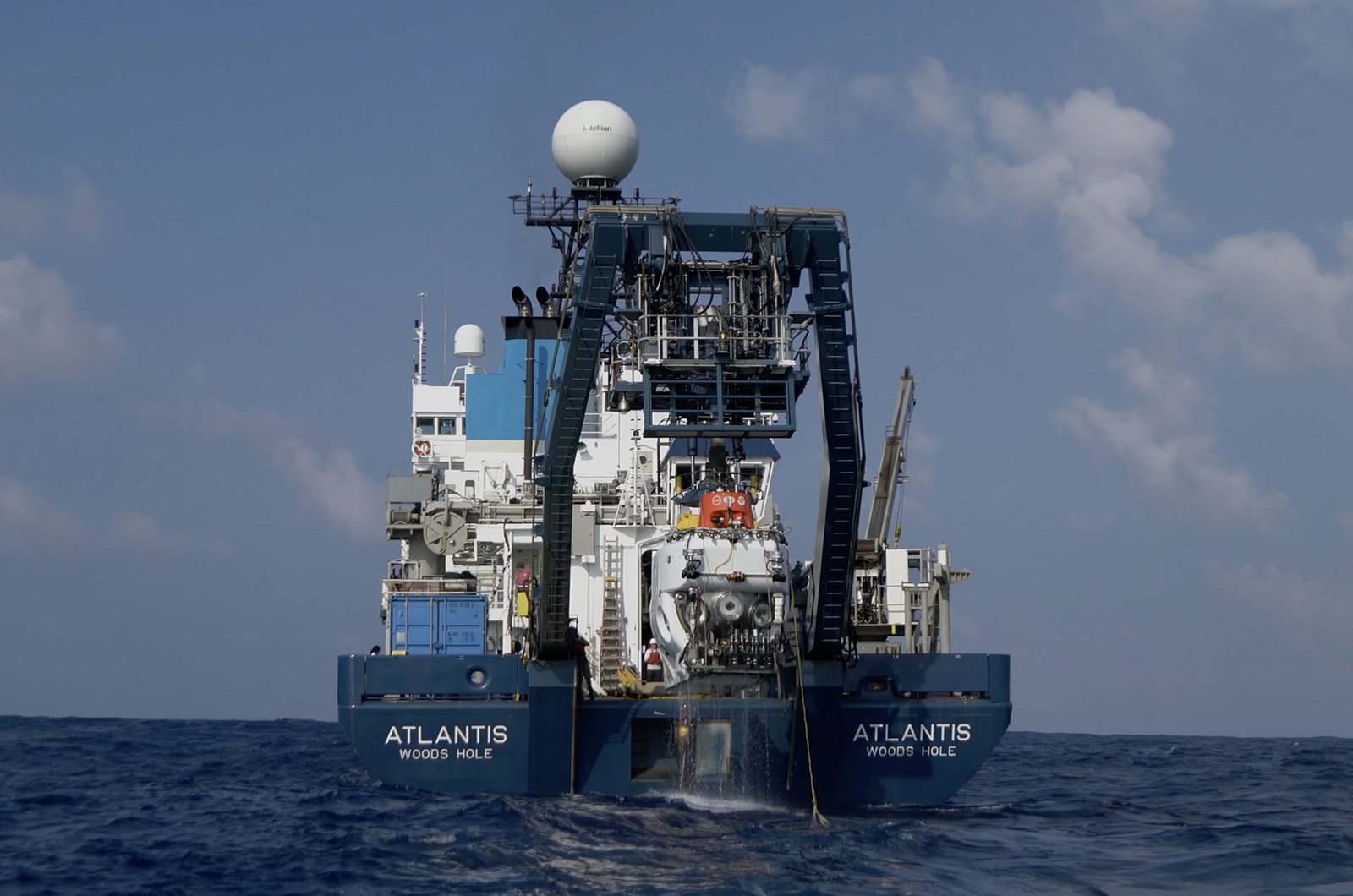Ocean scientists with the Woods Hole Oceanographic Institution (WHOI) discovered a group of previously unknown hydrothermal vents last month, providing researchers with new opportunities to deepen their understanding of this deep-sea phenomenon.
Situated a mile-and-a-half below the Pacific Ocean surface, each vent is a fissure in the earth, spewing out gallons of saltwater heated by magma to more than 570 degrees. The vents are a critical link in ocean dynamics, providing havens of life on the seafloor, impacting global ocean chemistry and providing a lens into tectonic geology.
Though hydrothermal vents were first discovered in the 1970s, this most recent find marks a new chapter in the technology used to find them. The location of the vents were first noticed through a survey taken by an underwater robot operated by WHOI scientists, a process which allows for faster, more efficient and more detailed study of these deep-sea features.
“I’ve been doing this for over 50 years, it is really quite unique,” said Daniel Fornari, an emeritus researcher and co-lead scientist on the project. “It really is just over the last several years that we’ve been able to do this sort of parallel operation of vehicles.”

The key to this rapid discovery, Mr. Fornari said, was a remotely controlled robotic submarine named Sentry, operated by WHOI and funded by the National Science Foundation.
“The robot goes down and it’s given a mission. And that mission is to fly 65 meters above the terrain,” he said.
During that flyover, Sentry uses acoustics to map out large swaths of the sea floor. Scientists on the expedition, also funded by the NSF, can then pour over those maps to identify fruitful locations for further study.
An analysis of a Sentry survey last week pointed to a few potential vent locations. In order to confirm them, a group of on-site researchers went to see it for themselves, diving down in the deep-sea submarine named Alvin.
“We had never been up there before even though we’ve been diving at this particular location for over 30 years,” Mr. Fornari said, of the new vent site.
Diving down in Alvin, said expedition chief scientist Jill McDermott, allows the team to make a more detailed appraisal of the vent site. Those sites, she said, are forged in tectonically active areas of the ocean floor, where ocean water and hot magma meet.
“It comes out of the seafloor as these big geysers and black smokers that are creating oases of life in the deep ocean, that are all based on chemosynthesis, not photosynthesis,” she said.
In these deep-water vent ecosystems, the bottom level of the food chain is comprised of creatures powered by chemical reactions, rather than by sunlight.
Samples taken by the submarine expedition revealed certain unexpected aspects of these vents, Ms. McDermott said, including an unusually high salinity level. That and other observations could help scientists better understand how hydrothermal vents affect the broader ocean, especially in their role as a nutrient source for some organisms.
“All of this taken together is going to help us understand, in a much more comprehensive sense, how much water is circulating through the seafloor, and what is the net effect on the global ocean,” she said.
These new examples could also give researchers more insight into the geologic aspects of the phenomena.
“It’s going to really increase the kind of the complexity and the overall perspective we have,” Ms. McDermott said.
Ms. McDermott also emphasized the subjective impact that diving down in the Alvin at these sights can have on a young sea-floor-researcher.
“The scales of the environment are so much larger than I ever imagined,” she said. “When I was a junior scientist, I pictured it sort of small, like a lava flow you might see in Hawaii. But in the sea floor, an individual pillow lava can be the size of like, a Volkswagen Beetle, or school bus even.”
That first experience diving down over a decade ago, she said, still sticks with her today.
“It’s like an emotional response to that environment,” she said. “A lot of my normal day I’m working on data, I’m working on the water. I’m training students on how to do those things. But locked in my memory now is what the environment was like. And that is very compelling and motivating.”









Comments (2)
Comments
Comment policy »